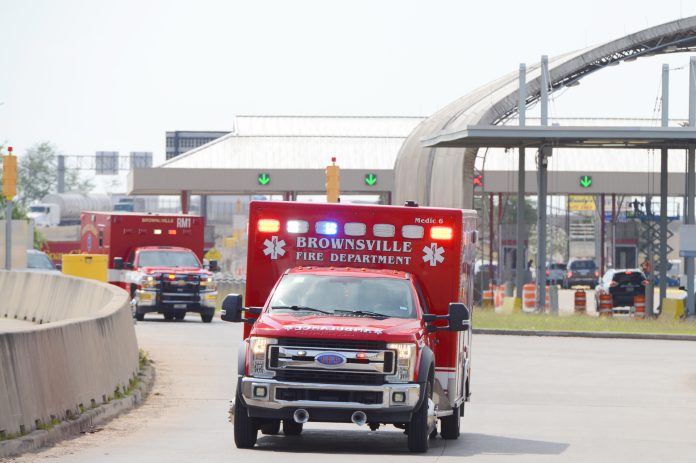
Just as the Rio Grande Valley border area gears up for the prime tourist season of Spring Break followed by Semana Santa, the region is dealing with another horrific reminder of the risks that can accompany trips to the border.
That reminder should include investing the time and effort to learn what those risks are, how best to reduce them and what to do if something happens. Fortunately, those precautions are easier and the responses are better than they were in the past.
When news broke about four Americans who had been attacked and kidnapped last Friday in Matamoros, many people reacted with one name: Mark Kilroy. Kilroy was abducted on March 14, 1989 during a Spring Break trip to the same city across the border from Brownsville. His body was found at a nearby ranch a month later; he’d been abducted by a band of young drug dealers who used him as a human sacrifice to pagan gods they hoped would protect them as they engaged in their illegal activities.
The most recent incident involved four people from North Carolina who had gone to see a Mexican doctor. Their van was struck by another vehicle, whose occupants shot at the Americans, striking three; two of them died.
Such are the dangers that exist south of the Rio Grande, and the dichotomy that exists along the river. Local officials and residents, including our own editorial board, have noted that the Rio Grande Valley, like much of the U.S. southern border, is among the safest parts of the United States, according to FBI crime reports. Just across the river, however, lies one of the most dangerous areas in North America, where violent criminal cartels wage war against each other and against Mexican police and military. The risks have prompted the U.S. State Department to issue travel advisories warning about the risks of crossing the border.
Visitors to the Valley who might be thinking about going to Mexico — or any foreign country — should visit the State Department website, travel.state.gov, to review applicable warnings and safety recommendations for those planning such trips. Such recommendations include commonsense tips such as keeping family and friends informed about one’s whereabouts, staying in public places and avoiding any confrontations.
It’s worth noting that much has changed since Kilroy’s abduction and murder. At the time there was little interaction between U.S. and Mexican law enforcement and agencies. Kilroy’s fate was discovered largely through the work of a private investigator his family hired to look for him. After Friday’s incident, our FBI joined with Mexican officials to investigate the kidnapping and find the victims. Mexican President Andres Manuel Lopez Obrador took personal interest in the case, and the two survivors were found and returned to the United States within a few days.
It’s unfortunate that it often takes such tragedies to inspire the kind of cooperation that we saw between the two countries during the past week, and to prove the effectiveness of their efforts. Obviously, the best strategy is to avoid the risk of misfortune whenever possible, and to be informed and prepared when those risks can’t be avoided




